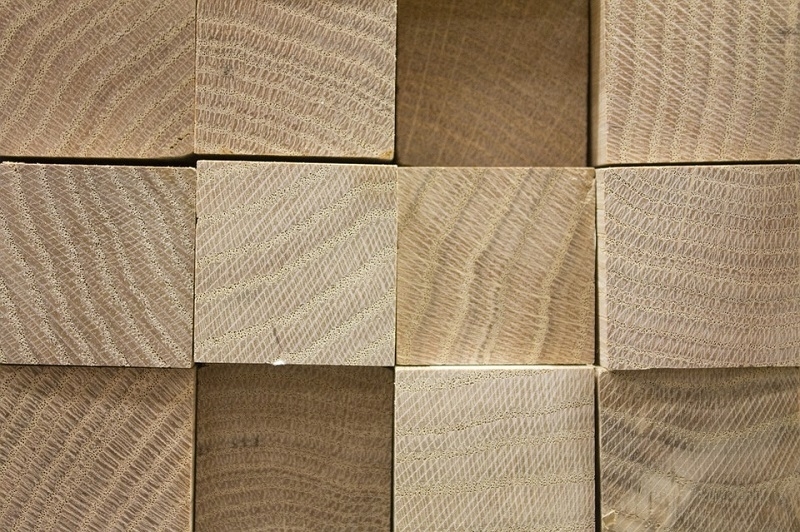Understanding the lifetime of timber
Published: 10/02/21 By: Mike Bekin
The lifecycle of most materials we use in the construction industry follows a linear model that typically starts with the extraction of raw materials.
These then go through a manufacturing process before being transported, used, and discarded at the end of their useful life.
Timber, however, as a natural, organic material, follows a cyclical flow that allows it to be self-sustaining.
The first use of felled timber:
If you are building or have ever built a house, you’re likely to have used a timber frame. Even if this applies only to your roof, most of us have used wood for some form of construction, such as a renovation or a DIY project. We simply go to the timber merchant where timber is sold in all shapes and sizes to meet our every need.
This neatly stacked timber has been transported from forests to sawmills around the country, where it is cut and treated.
When purchasing timber, look for material that is certified by the Forest Stewardship Council or FSC. The FSC is an international not-for-profit organisation that promotes responsible forestry practices worldwide and advocates for the economic and social sustainability of the communities affected by the timber industry.
FSC-certified forests work to maintain biodiversity and healthy ecology, provide education to nearby communities and prevent exploitation or illegal forestry.
Upcycled Reclaimed timber:
Reclaimed timber will be mostly used for furniture and interiors, where it will add character and texture to our homes.
There are multiple benefits associated with the use of this salvaged timber; using reclaimed timber decreases the demand for newly sourced timber, which helps curb deforestation.
If harvested responsibly, wood is a renewable resource that can be upcycled to reduce landfill waste as well as the use of environmental hazards to manufacture new products.
Of course, timber can also be recycled into a range of common products such as MDF and other particle boards which find their way back into our homes as shelves and kitchens units
Timbers final uses:
Timber is used in many construction projects, both commercial and residential. The vast majority of this timber is straightforward to recycle, with the exception being the chemically impregnated timber used as decking – although new and more ecological treatment alternatives such as OrganoWood are already changing this story.
Bursting with benefits
As you can see timber is a renewable building material that has many benefits. When we compare it to other alternatives, it is proven to be durable and full of character.
Increasing awareness about the traditional linear model of the timber life cycle is the first step towards transforming that model into a more sustainable, cyclical one that mimics Nature.
Additional steps for design and construction teams to explore include finding new and creative ways to salvage and recycle timber, using alternative treatment methods that enable the reuse of offcuts and chips, and utilising a design that reduces waste during construction.
Together, these strategies should considerably reduce the amount of timber sent to landfill and have the potential to bring about positive change in the lifetime of timber.
